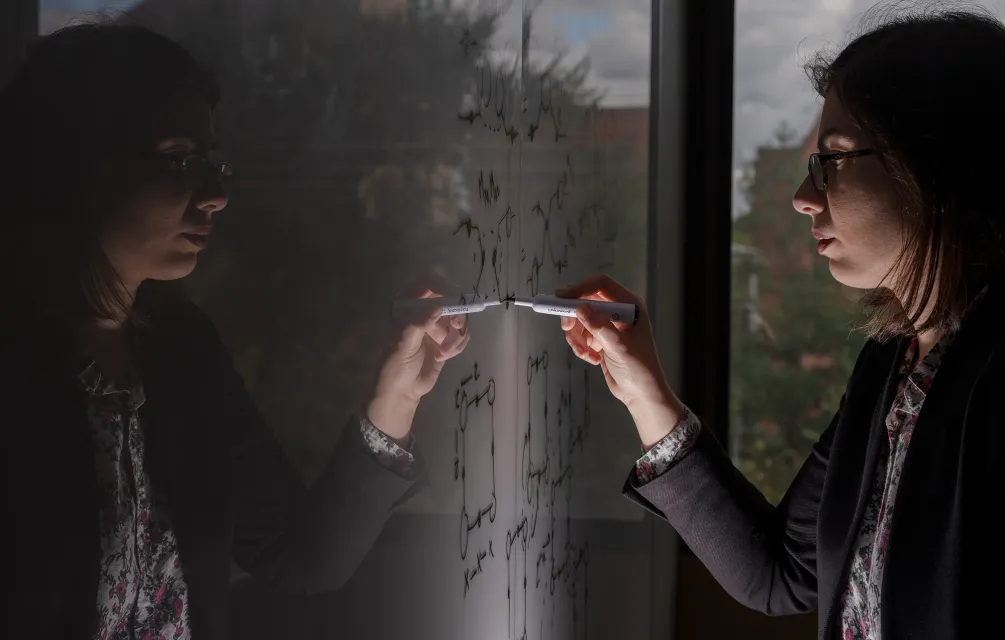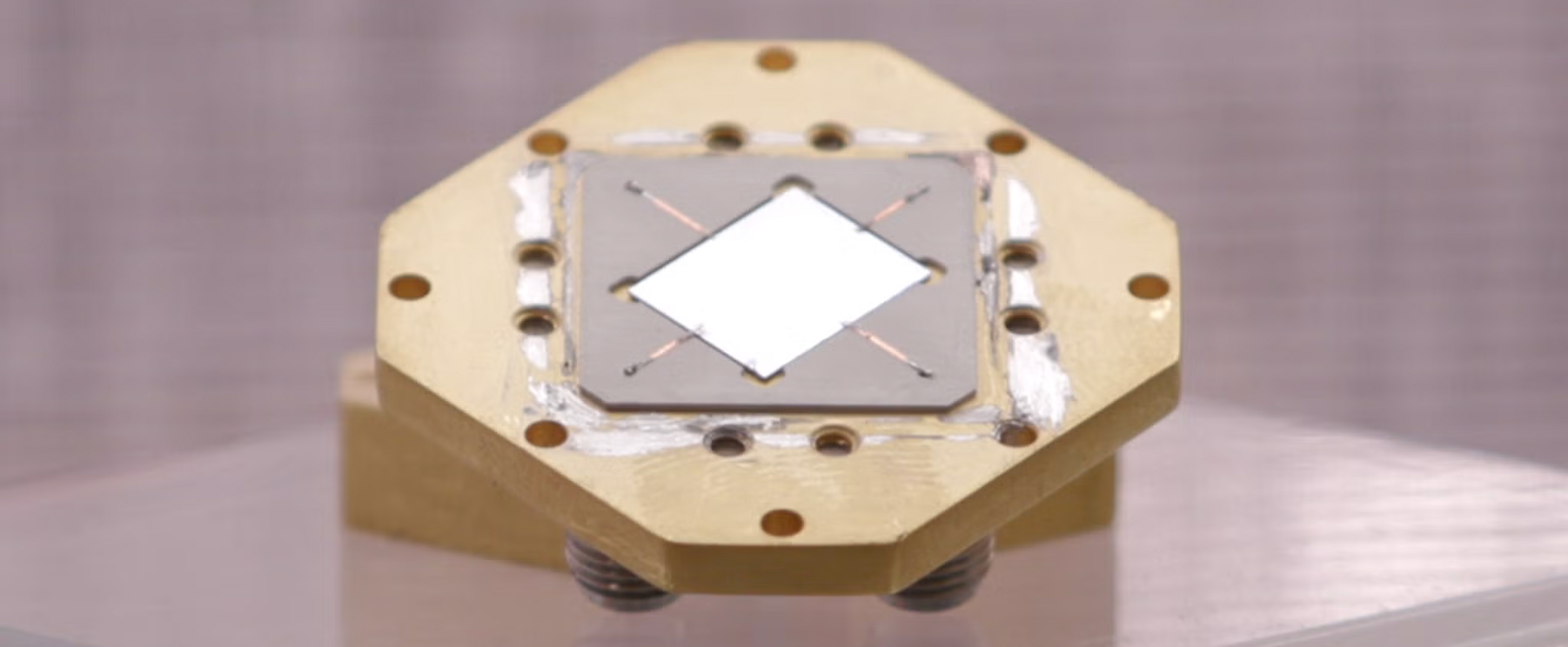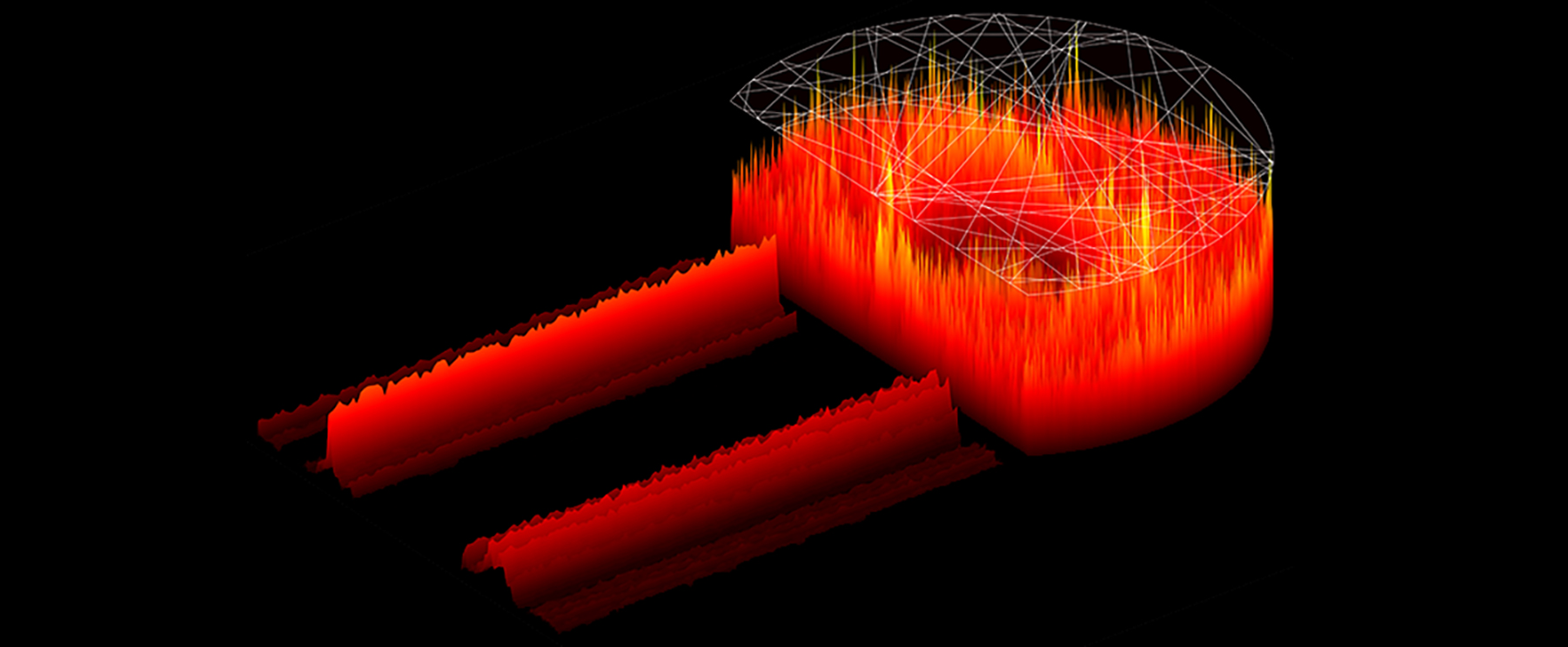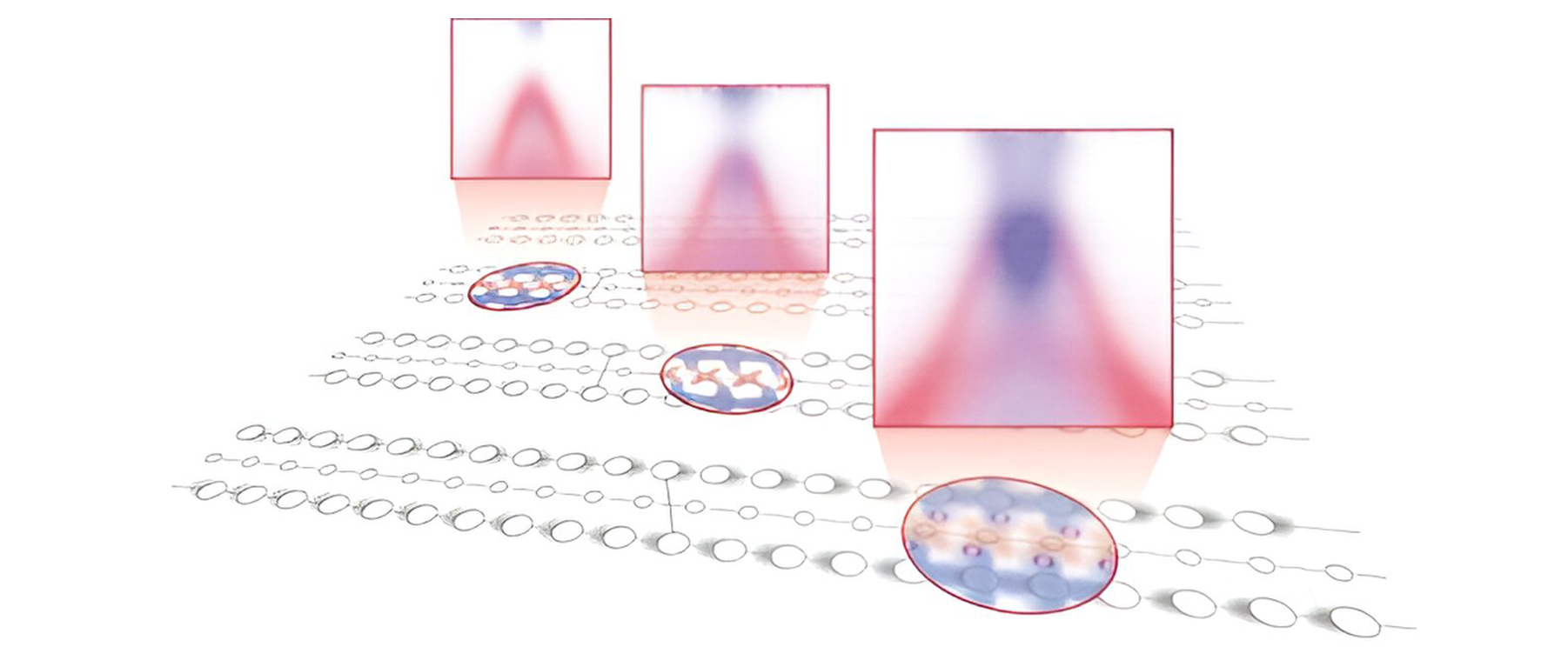Research Areas
Applied Physics

Quantum Information Sciences

Leading the Quantum Information Revolution
As the birthplace of Circuit QED and transmon qubits, the goal of research on quantum information sciences in Applied Physics is to develop systems that employ quantum effects in order to process information, amplify signals, or detect photons at or near the ultimate limits imposed by physical laws. Here, we develop new superconducting qubits, demonstrate effective error correction with photon qubits, and take strides towards practical quantum computing. Today, interdisciplinary quantum research spans departments and labs across campus, from Science Hill to Engineering to the West Campus. By harnessing quantum science to understand physical systems and create transformative technologies, our faculty, students, staff, and postdocs are contributing fundamental insights to the “second quantum revolution.”
Associated Faculty

Michael Hatridge
Associate Professor of Applied Physics

Aleksander Kubica
Assistant Professor of Applied Physics

Daniel E. Prober
Professor of Applied Physics

Shruti Puri
Assistant Professor of Applied Physics

Peter T. Rakich
Donna L. Dubinsky Professor of Applied Physics

Nicholas Read
Henry Ford II Professor of Applied Physics

Robert J. Schoelkopf
Sterling Professor of Applied Physics

John Sous
Assistant Professor of Applied Physics

A. Douglas Stone
Carl A. Morse Professor of Applied Physics

Logan Wright
Assistant Professor of Applied Physics
Photonics & Optical Sciences

Harnessing Light and Matter to Unlock Next-Generation Technologies
The Applied Physics optics research effort aims at understanding and controlling linear and nonlinear optical processes, and their interactions with modern nanostructured optical media and metamaterials. Classical optical physics has experienced a renaissance in the 21st century due to the ability to create materials with optical properties not found in nature, such as photonic crystals, high-Q microcavities, negative index metamaterials, and opto-plasmonic microstructures. Such materials allow the manipulation of photon propagation and localization in nanostructures, giving rise to new sensing, imaging and communications approaches, with important applications to bioimaging and biosensing, as well as light harvesting in solar cells. We also actively work on bridging quantum information science with optical sciences, using acoustics, cavities, and other optical methods to encode and process quantum information. Finally, we put optics at work for artificial intelligence and advanced physical neural networks, enabling unprecedented computing power and efficiency.
Associated Faculty

Hui Cao
John C. Malone Professor of Applied Physics

Owen Miller
Associate Professor of Applied Physics

Simon G. Mochrie
Professor of Applied Physics

Peter T. Rakich
Donna L. Dubinsky Professor of Applied Physics

A. Douglas Stone
Carl A. Morse Professor of Applied Physics

Logan Wright
Assistant Professor of Applied Physics
Condensed Matter Physics & Quantum Materials

Transforming Matter from Atoms to Applications
Research on the fundamental physics and device aspects of quantum materials is an important focus in Applied Physics. Our faculty explores the opportunities created by atomic-scale transitions in bonding, chemistry and coordination at material interfaces and surfaces, which allows one to envisage applications in a range of fields, such as microelectronics, spintronics, optics, surface chemistry and catalysis. A key feature of our program involves understanding structure at the atomic scale using advanced spectroscopic techniques, in combination with insights provided by the results of first principles calculations.
Present research directions include integration of crystalline complex oxides with semiconductors and the determination of their detailed atomic interface structure; investigation of ferroelectric surfaces and interfaces for novel chemical sensor applications; determination of interfacial electronic structure of heterogeneous magnetic oxides for the development of highly spin polarized materials; design, creation, investigation, and control of correlated material phenomena such as unconventional superconductivity, metal-to-insulator transitions, and low dimensional magnetism for next generation storage and computing applications in the post-Moore era. Machine learning and AI assisted material design and investigation is also a growing research area in Applied Physics.
Associated Faculty

Charles Ahn
John C. Malone Professor of Applied Physics & Materials Science

Yu He
Assistant Professor of Applied Physics

Sohrab Ismail-Beigi
Strathcona Professor of Applied Physics & Materials Science

Vidvuds Ozolins
Tom Steyer & Kat Taylor Professor of Applied Physics & Materials Science

John Sous
Assistant Professor of Applied Physics